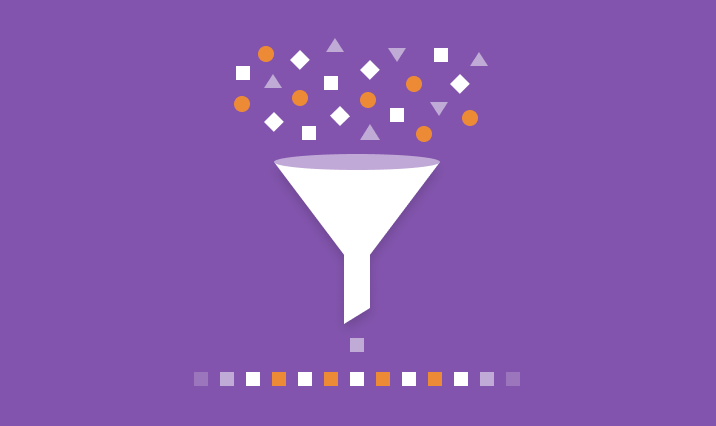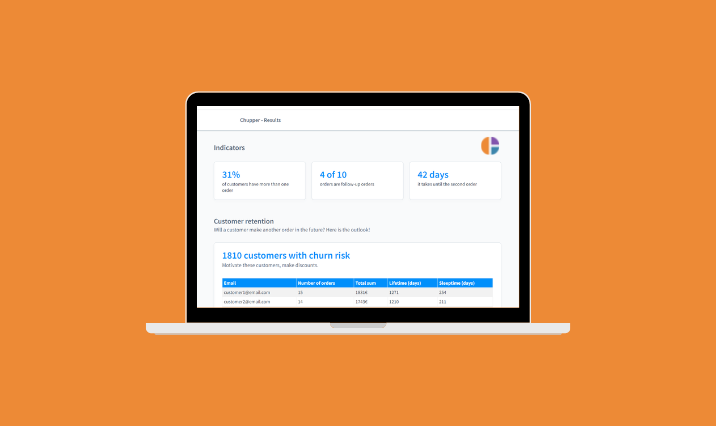Building Customer Loyalty
True customer loyalty can be compared to a successful marriage. It is a relationship in which both partners are happy with each other. They don't worry every day that the partner will stop loving them or leave them for someone else. They have worked through misunderstandings and disagreements. They have maintained and even strengthened their relationship.
Strengthening such loyal relationships between a company and its customers is the foundation of database marketing. Loyal customers are more valuable than regular customers and usually meet the following criteria:
- They have an increased level of retention
- They spend more money
- They spread recommendations more actively
- They have a higher overall value
- They require less service costs
- They make more expensive purchases
Communication to strengthen loyalty
Communication is the link between loyalty and database marketing. Loyalty is created and maintained through two-way communication between the company and its customers. Customers make purchases, and the company thanks them for their financial support.
One of the least expensive, but most efficient ways to learn about customers' preferences is to make sure that they themselves share information with the company. They can tell the company what they want from the services. This can be done by mail or by phone, but nowadays companies most often use the Internet. Creating a customer profile that includes information about the customer's preferences offers a double advantage. The company learns more about the customer, and the customer in turn feels that he or she is being listened to.
Using a database is necessary to properly address customer preferences. You can use the information from this database on a daily basis to provide personalized services to customers. To achieve this goal, the company should use an automated intelligent system.
Here is an example of a subscriber identification system:
Today, when a customer calls the bank's hotline, the call center employee addresses him by name, for example, "Hello, Michael. How can I help you?". This shows that even a conservative sector like banking benefits from customer loyalty.
However, many companies have not yet realized that they can use the same method with their customers. You can use the subscriber identification system. It allows you to recognize the customer even before the operator answers the phone. The record from the database should be automatically displayed on the screen. This way, the caller does not have to tell the operator his customer number, address, etc.
Customer loyalty program
A loyalty program is a system in which the customer specifically signs up to participate in the program. They receive a personal card, which they use when shopping. The card has a dual purpose. It provides the customer with certain privileges that they cannot obtain without it - and the company receives valuable information that can be used to build customer loyalty.
- Before implementing a customer loyalty program, the following questions need to be answered:
- What type of customer behavior should be rewarded?
- Should you attract more customers or better customers?
- Which is more important: increasing sales or profitability?
- What actions are needed to attract more valuable customers to the company and keep them?
Companies use loyalty programs to accomplish several tasks: Attracting customers, keeping them happy, and providing them with the right service. They also help in choosing the right location of outlets, product offerings and product quality. Nowadays, customer loyalty can be built or strengthened by awarding bonus points or rewards.
The basic idea is to avoid product discounts. Switching from discounts to rewards has a very strong financial impact. There is a fairly simple explanation for this. When a company gives a discount to a customer, it loses "live" money and immediately reduces its revenue. The customer collects rewards with every purchase. After that, he can either use them to pay for the products or receive a gift. Customers easily forget what discount they received and where - but they remember well where to spend the collected reward points.
Three basic rules of customer loyalty
The first steps in managing a loyalty system are to find and attract the right customers. These customers can ensure the company's constant cash flow and profitability for years to come. You can gain and maintain their loyalty. Companies whose work relies on customer loyalty should remember three rules of thumb:
- Some customers are predictable and loyal by nature, regardless of the company they deal with. They prefer a lasting, stable relationship.
- Some customers are more profitable than others. They spend more money, pay their bills faster, and are less demanding when it comes to the service they receive.
- Some customers find your products and services more valuable than those of your competitors.
No company can offer the best to all customers. Your strengths should better match the needs and capabilities of a specific segment of your customers. So, to build a successful business, you must first attract the right customers. Then you should develop programs to strengthen and maintain their loyalty. Such programs should be based on the company's attitude toward these customers. Loyalty is a two-way street: if a company wants its customers to be loyal to it, it must be loyal to them.


